Google announced several new devices (as well as updates to existing devices) that will take advantage of the company's augmented and virtual reality platforms.
During their keynote presentation at Google I/O, David Bavor, vice president – virtual reality at Google, shared that the Asus Zenfone AR, the latest Tango-enabled device would be available this summer.
The product page for the device notes that the devices will also support Daydream, Google's VR platform.
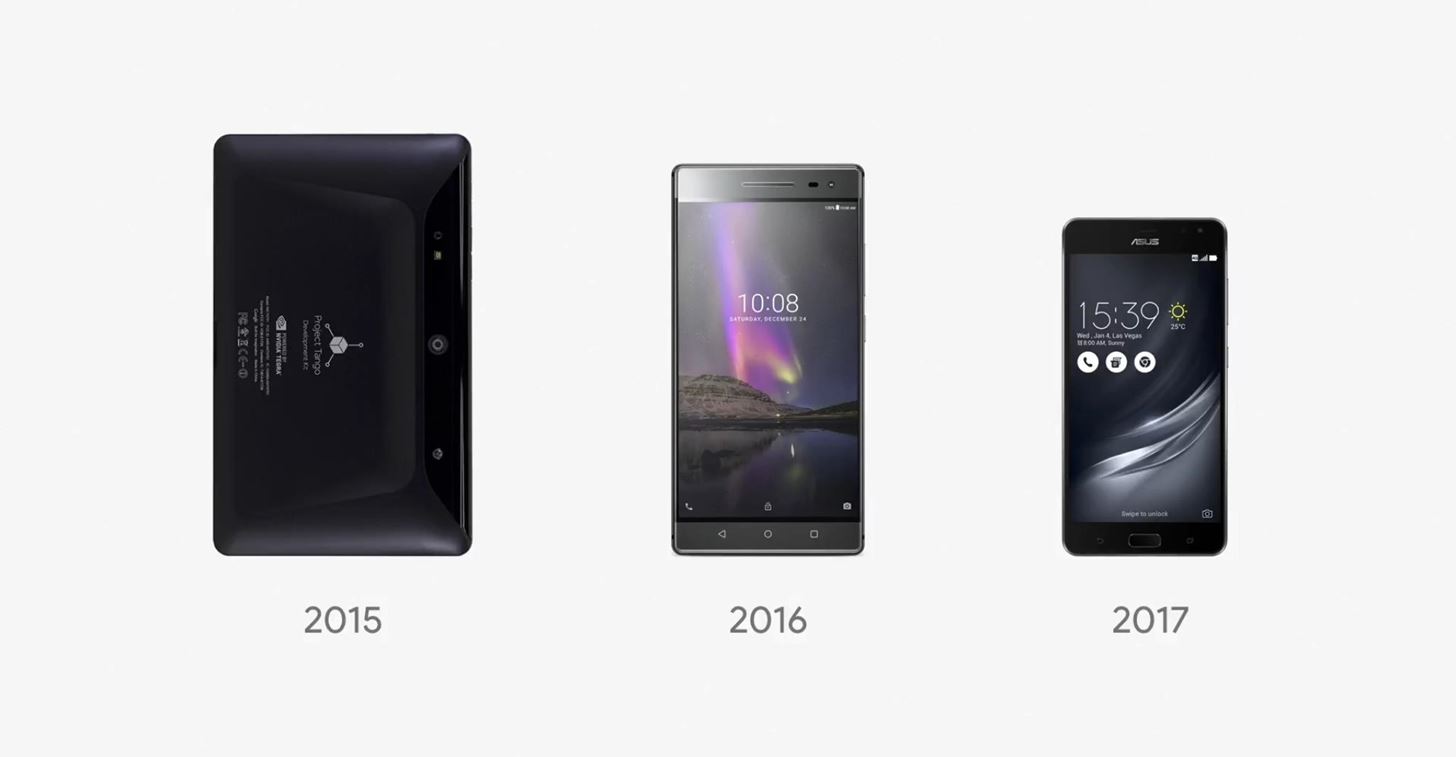
The company also revealed a new lineup of standalone devices for their Daydream VR platform, as well as additional smartphones that will support it.
Along with displays, optics and sensors optimized for the VR experience, the headsets include a set of sensors that survey the surrounding environment for greatly improved precise presence tracking, a feature dubbed World Sense.
"With it, your view in the virtual world exactly matches your movement in the real world," said David Bavor, vice president – virtual reality at Google, regarding the new technology.
As it does with many of its hardware offerings, Google is taking a platform approach. They partnered with Qualcomm to develop a reference design. The first headsets, which will be available later this year, will be built by with Lenovo, Google's launch partner for Tango, and HTC, makers of the Vive VR headset.
Bavor also revealed that the Samsung Galaxy S8 and S8 Plus would gain Daydream support with a software update this summer, along with LG's unnamed flagship device expected to launch later this year.


The sum of these device announcements could mean big things for augmented reality.
For instance, with its support for Tango and Daydream, the Zenphone AR paired with a Daydream View (modified to uncover the camera sensors) expands the possibilities for development.
The Snapdragon 835, which powers Samsung's latest flagship devices, boasts features that cater to virtual and augmented reality.
And, while specific hardware details were not available at press time, if the standalone headsets include external ports or other display connectivity, the optimized hardware could enable a range of augmented reality applications as well.
What do you think about these forthcoming devices and updates? Let us know in the comments below.
Just updated your iPhone? You'll find new features for Podcasts, News, Books, and TV, as well as important security improvements and fresh wallpapers. Find out what's new and changed on your iPhone with the iOS 17.5 update.




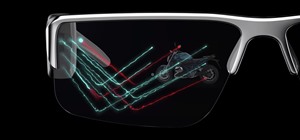

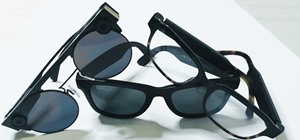




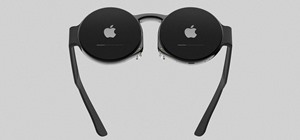






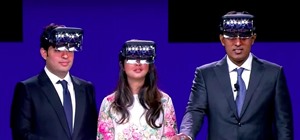



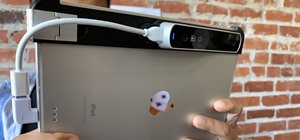
Be the First to Comment
Share Your Thoughts